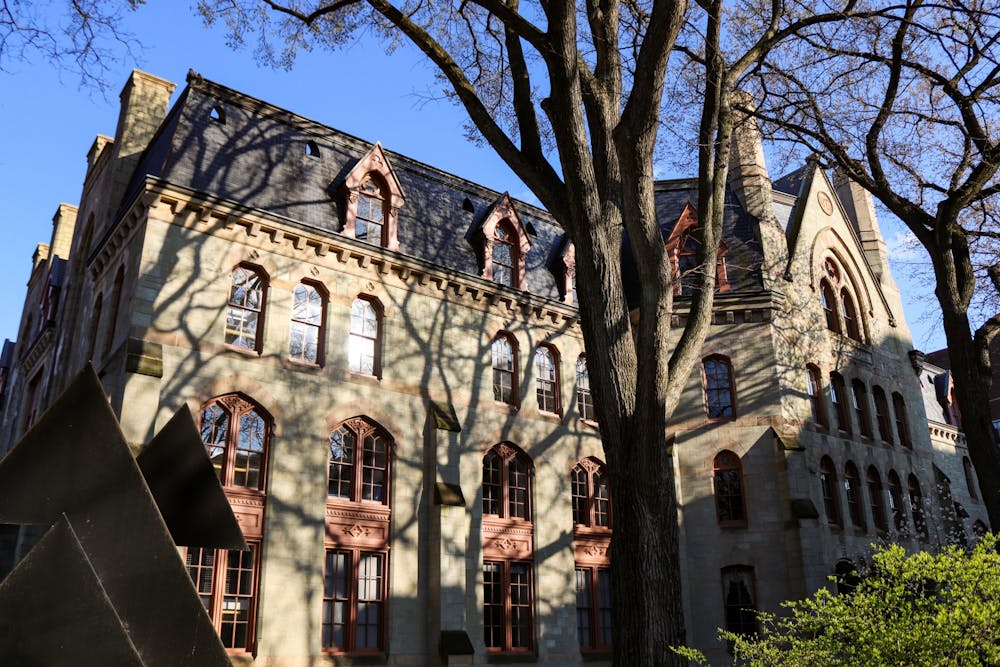“We are committed to making a Penn education accessible and affordable for all students, regardless of your financial circumstances.”
Those are the exact words that Penn uses to address its applicants’ questions about the cost of tuition. Of course, they fail to mention that their need-blind policy only applies if you are from the United States, Canada, or Mexico. For everyone else, get ready to shell out almost $85k USD a year!
Only seven universities in the United States are currently need-blind for international students: Amherst College, Bowdoin College, Dartmouth College, Harvard University, Massachusetts Institute of Technology, Princeton University, and Yale University. It is time for Penn to join these institutions by finally becoming need-blind to all applicants.
When international students apply to Penn, they are forced to disclose that they are in need of financial aid, a factor that is considered when their application is reviewed. This is not a small factor, either. Penn is incredibly transparent in regards to the hurdles that international applicants will inevitably face. They “will be in competition for very limited funds” and, on average, Penn gives out only 100 aid awards a year.
In other words, a Penn education is not accessible and affordable for all students, as they so proudly claim. This is an issue on both an individual and university level.
For the individual, it’s simply unfair to set up financial fences. Penn is choosing to reject certain applicants that, while a good fit for the school, are unable to pay full tuition. In fact, they have explicitly stated that, due to their financial aid policy, “some otherwise qualified candidates will not be admitted.” This opposes the exact reason why the University takes part in need-blind admissions for domestic students in the first place; it is a way to ensure that all applicants are assessed equally, regardless of their financial status.
Moreover, unlike most domestic students, international applicants often find themselves at a perplexing crossroads. They may request aid while applying to Penn, knowing that it will substantially lower or even altogether remove their chances of acceptance. Or, they may find other ways to pay their tuition, usually by taking out hefty private loans that most will spend the rest of their lives paying back. Even with an Ivy League education, it's incredibly difficult to pursue the coveted American Dream under the weight of almost $85k worth of student loans.
On the university level, Penn is hurting itself too. International and low-income students offer unique perspectives and experiences to the institution. Without them, the school would be composed of the same homogeneity that permeated this institution a century ago. Many of us came to Penn seeking this diversity, and by establishing barriers to applicants who provide it, the University is doing a disservice to domestic students.
SEE MORE FROM AIYER:
Sangitha Aiyer | Penn’s foreign language requirement is insufficient
Funds for financial aid are derived from Penn’s endowment, which is currently $20.7 billion. On average, Penn spends about $224 million on all aid packages; yet, they only commit $10 million yearly for international students. In other words, only about 4% of all aid funds are allocated to a group that makes up 13% of the student population.
With such a hefty endowment, why exactly is Penn still need-aware for international applicants? According to the Student Registration and Financial Services, this can be attributed to Penn’s larger undergraduate student population and smaller endowment, in comparison to other need-blind universities. However, let’s dive a little deeper into said peer institutions.
Dartmouth’s undergraduate population is admittedly smaller than Penn’s by about 36%. Yet, with slightly fewer students to support, Dartmouth has a significantly smaller endowment at only $8.1 billion. This is 61% smaller than Penn’s. Even with their notably tighter budget, Dartmouth went need-blind for international applicants during the most recent application cycle.
Despite its disregard for international students, Penn still provides substantial financial support to domestic students, right? On paper, at least, we are currently the university with the largest undergraduate student body that provides no-loan financial aid packages at all income levels. Unfortunately, the 568 Cartel lawsuit brought to life that this claim is just too good to be true.
And without aid, a Penn education is far from cheap. Tuition increased by 4% for the 2023-2024 school year, and now costs unaided students $84,600 yearly. That makes Penn the second most expensive university in the United States. This sticker price is unattainably high for the average American, but is even more absurd when viewed from the perspective of an international student, who may not receive any help paying for it.
At the moment, Penn has no timeline in terms of when, or even if, they plan on becoming need-blind for international students. We can only cross our fingers and hope that by the time our children or children’s children apply, Penn will have finally decided that their international students are of importance.
Penn, you claim to care about your international and low-income students. It’s time to start financially investing in them.

SANGITHA AIYER is a College first year from Singapore. Her email is saiyer@sas.upenn.edu.









